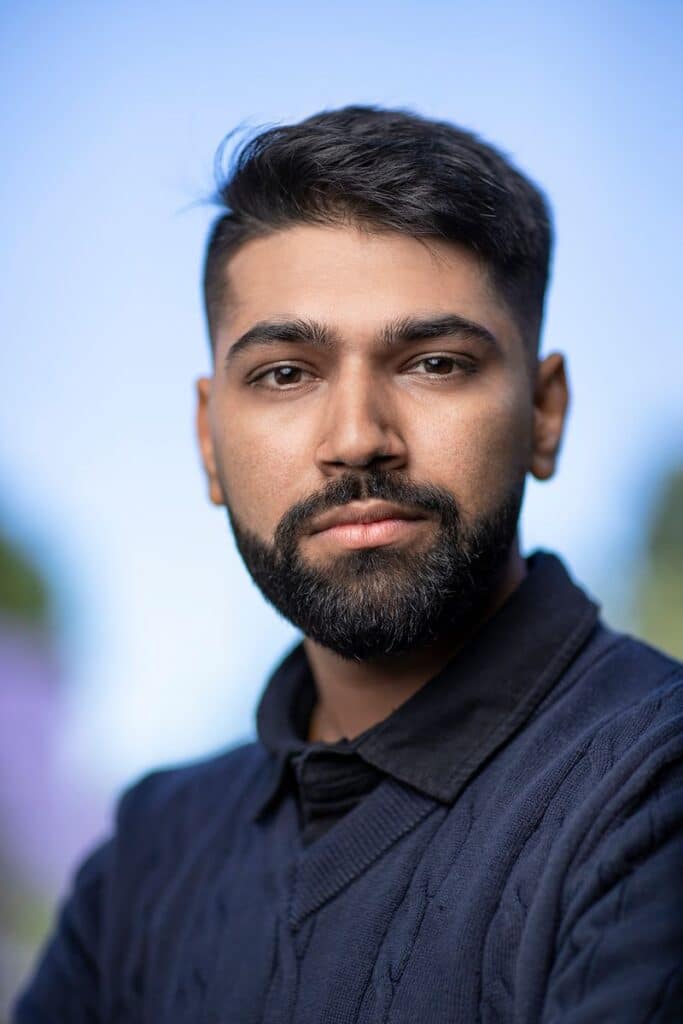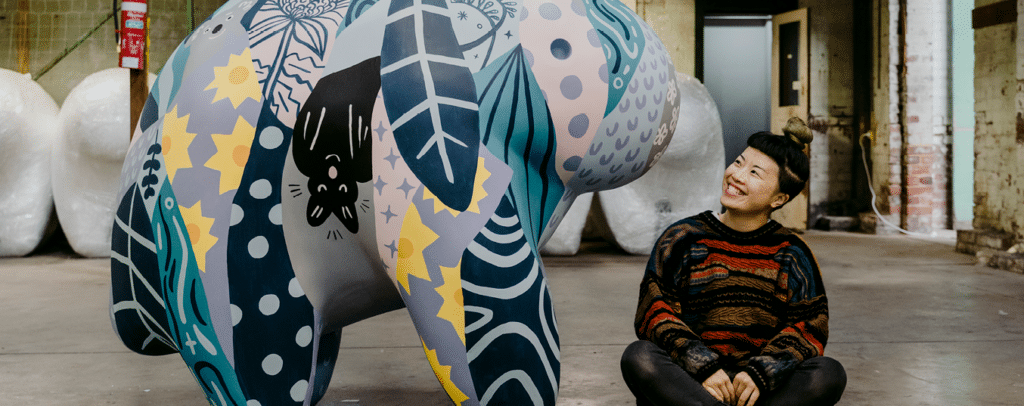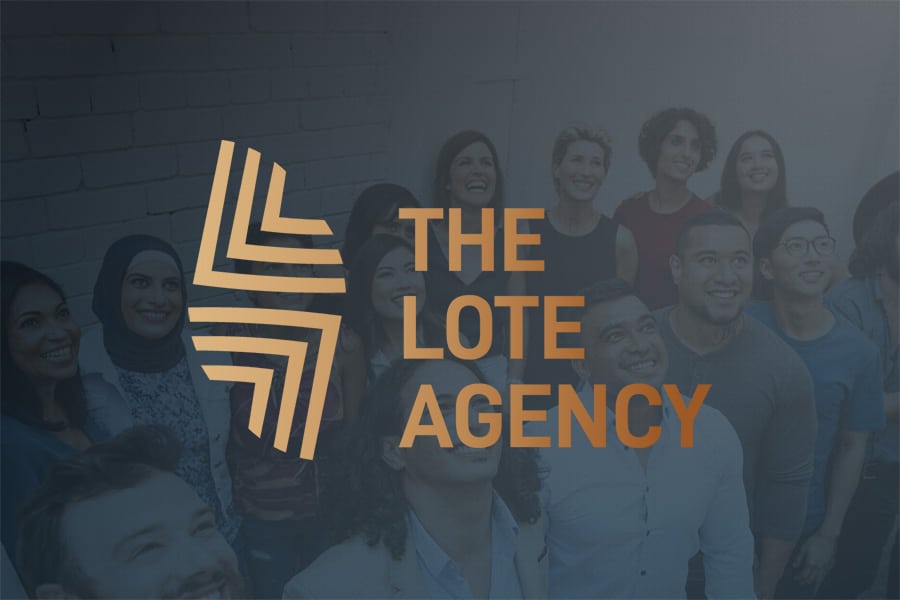Cultural identity is shaped by our heritage, beliefs, customs, and experiences. It is the unique blend that defines who we are and how we relate to the world around us. In this exploration of cultural identity, facilitated by our translation company, we will delve into its various aspects, from religion and language to cuisine, social behaviours, art, literature, and music. We will also examine the profound impact of migration on cultural identity, focusing on first and second-generation immigrants and the concepts of cultural bereavement and acculturation.
Everyone’s lived experience is different
However, it’s essential to keep in mind a couple of key points. Firstly, everyone’s lived experience is different, as is their understanding of what ‘culture’ means to them. It’s crucial to avoid stereotyping experiences and respect the individuality of each journey. Secondly, this is a vast and multifaceted topic that we couldn’t hope to fully cover in one blog post. Our aim is to touch on some key aspects of cultural identity, sparking thoughts and discussions along the way.
Identity is fluid and ever-evolving
Unlike the nationality status on our passports, cultural identity is fluid and ever-evolving. It’s not a matter of choosing one identity over another, but rather a journey of self-discovery. Many describe their identity as hyphenated, like “Australian-Chinese” or “ABC”, Australian-born Chinese, acknowledging the fusion of two or more cultural worlds. While many embrace their hyphenated identities, some feel caught among multiple worlds, never fully belonging to any.
The journey of voluntary migrants
In this article, we will be focusing on voluntary migrants, those who choose to move to another country for various reasons, such as for work or to be with family, and not humanitarian entrants, as the issue of cultural identity among refugees is a separate topic that requires a more specialised investigation.
Leaving one’s homeland, especially later in life, is a profound and transformative experience. It involves letting go of cherished memories, traditions, and aspects of one’s former self while opening up to new possibilities and influences.

What is ‘cultural identity’?
Cultural identity encompasses the beliefs, customs, traditions, and values that are deeply ingrained in a particular group of people. It is a reflection of their shared history, experiences, and social context. Cultural identity is not static; it evolves over time and is influenced by various factors, including individual experiences and external forces. It plays a significant role in shaping an individual’s sense of self and belonging.
There are various aspects of your cultural identity that make you, you. It includes religion, language, food, social behaviours, art, literature and music. Take language, for instance; it not only serves as a means of communication but also carries the history, stories, and nuances of a culture. Through language, generations have passed down stories, traditions, and moral lessons that form the foundation of communal identity. Losing one’s language can be akin to losing a piece of one’s cultural identity. Your mother tongue, once the language you would think and dream in, becomes a second language, requiring Google Translate to converse with the local farmer at the market.
Cultural expressions
Food is a delicious expression of culture. Each cuisine reflects the unique flavours, ingredients, and cooking techniques passed down through generations. Sharing meals is a way of connecting and preserving cultural traditions. As diaspora communities settle in new environments, they often innovate traditional recipes using locally available ingredients, leading to a unique fusion of cuisines. Your palate may evolve as you adapt to the unique tastes of your new country, and many restaurants adjust the natural richness of their cuisines to cater to the comfort of society’s majority.
Leisure activities such as music, movies, sports, and literature, along with language and religion, serve as crucial anchors for preserving your cultural identity while living in a place with a different culture. Immersing yourself in these activities can provide a sense of connection to your roots. These experiences become bridges that connect your old and new worlds. The fusion of musical cultures has given rise to innovative new genres, shaping the vibrant soundscapes created by emerging artists today.
The impact of migration on cultural identity
Migration is more than just a change of location; it’s a profound transformation of one’s life. For those who migrate later in life, it often means partially leaving a version of themselves behind, like a cherished book on a shelf they can’t take with them. It’s a transition not only in age but in the very essence of one’s existence.
Leaving behind a piece of your heart
Leaving behind the bonds of friendship, childhood memories, and the idea of home is like leaving behind a piece of your heart. The place that once served as the centre and foundation of your life becomes a distant and foreign memory. The idea of migration is rooted in the belief that you are leaving something behind to gain something better in return, but it comes at the cost of parting with the familiar. Migration necessitates leaving behind the friends you’ve made, cousins, aunts, and uncles who have been a part of your life. No more Christmas services at the local church or Eidilfitri celebrations at your grandparents’ house. It’s a farewell to the traditions and routines that have been woven into the fabric of your life.

Navigating acculturation
Acculturation, or the process of blending into a new culture, is a journey affected by many factors. How much someone changes often depends on how much they want to fit in and who they interact with in their new environment. The decision to either embrace the new culture or stick with what’s familiar can greatly influence this change.
The cultural differences between the societies people come from and move to also play a crucial role in their adjustment. Societies that value close-knit communities and group identity might clash with ones that prioritise individual freedom and self-reliance. For example, someone from a community-focused background might find it challenging to adapt to a more individualistic setting, especially if they deeply value their community ties. It’s essential to consider these cultural backgrounds and societal values when thinking about how people adjust to new environments.
Meet Krushnadevsinh

Krushnadevsinh migrated to Australia from India when he was seven years old. He is the Victorian Multicultural Commission Youth Commissioner and Founder of Third Culture.
Krushnadevsinh works with young people and multicultural communities to promote inclusion, equity and leadership. Krushnadevsinh worked with the North Melbourne Football Club to encourage multicultural people to receive their COVID-19 vaccinations and conducted research with the Australian National University and UNICEF into the experiences of young people with institutionalised racism.
What was your experience when you first arrived in Australia?
I moved to Australia with my family without knowing the language, Australian culture or anyone else. I started off living in a two-bedroom house with almost 13 people, going to a language school, with my parents looking for work for almost two months, which at the time seemed normal. But looking back, it definitely wasn’t the typical upbringing. Looking back, it’s very evident that I was living in multiple cultures.
Coming from a collective-oriented country, what were the struggles you first experienced adapting to a new culture?
I remember going to school and seeing other students be ‘independent’, be allowed to go out, play sports or have friends come over, compared to my household where it was still very much family and community-focused and stepping out to do something just for myself seemed like I am being selfish or betraying someone. At the same time, facing racism for bringing curry for lunch or wearing religious items led me to wish I had grown up in a stereotypical Australian family. Following this, I developed internalised racism towards my culture and eventually shredded parts of my identity that weren’t socially accepted in Australia.
As I got older, this took centre stage when I decided not to pursue a tertiary education and start my own business like a few of my other classmates had done. In my culture, from my experience, it was supported to look after family and society first before chasing your goals. Whereas, in the wider Australian context, it is more than acceptable to ‘follow your dreams’ whenever. This big decision was quite impactful on my mental health and relationships, and it felt like I was stuck between two cultures, with both being right and me having the pressure to make the right one.
Did you experience any sense of loss in the early stages of adapting to a new life here?
In the early stages, it was about losing parts of the cultural identity to fit in, to get through without being noticed for safety and security.
Now, that has evolved due to being surrounded by a dominant culture that is different to the one I come from. It’s always in my mind how the festivals are different, the language I use most is different, and how my and my future family’s connection to land will be different. It turns into thinking, ‘How can I keep up and still manage to hold onto my cultural identity beyond my family and community for the next generation to come?’
Cultural bereavement and adaptation
Based on Krushnadevsinh’s experience, it is common to experience a sense of loss while navigating your new cultural identity. This cultural bereavement involves mourning the familiar aspects of your cultural identity that have been left behind, such as languages, support networks, social structures, and values. This loss can have a profound impact on self-identity. On the other hand, cultural congruity is finding a sense of belonging and assimilation in their new cultural context. You may adapt, adopt, or integrate aspects of the new culture into your identity, creating a unique blend of old and new.
Adapting to new foreign surroundings may not feel entirely comfortable at first. It’s like trying to break in a new pair of shoes; it takes time to adjust to the new you who incorporates aspects of your new environment. What was once familiar and called home gradually becomes a vacation house, a place you visit occasionally from time to time.

Conclusion
Cultural identity is a dynamic and evolving force, shaped by migration, adaptation, and the continuous interplay of different cultures. Leaving one’s homeland, especially later in life, is a profound and transformative experience. It involves letting go of cherished memories, traditions, and aspects of one’s former self while opening up to new possibilities and influences.
As we navigate the complexities of cultural identity, it’s essential to remember that there is no one-size-fits-all label. It’s not a question of either/or but rather a journey of becoming a richer, more nuanced version of ourselves – a fusion of cultures, beliefs, and experiences that make us uniquely human. Embracing this complexity and fluidity of cultural identity is the key to fostering understanding and unity in our diverse world.
Over time, you’ll come to realise that there is no “more” Australian or “less” of your ethnic background; instead, you’ll learn to embrace the new you – a mosaic of cultures, each contributing to your identity at different degrees. Your cultural identity becomes a tapestry, interwoven with threads of diverse experiences, beliefs, and influences.
To share your own experiences on this topic, join the conversation on LinkedIn.


